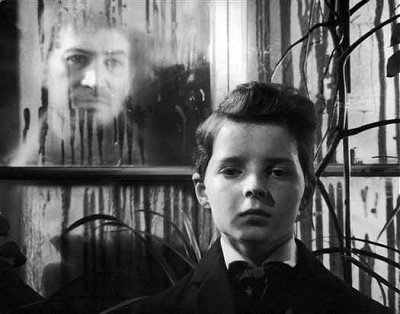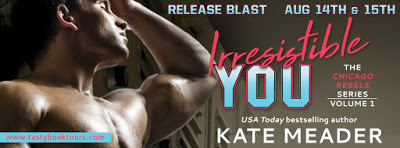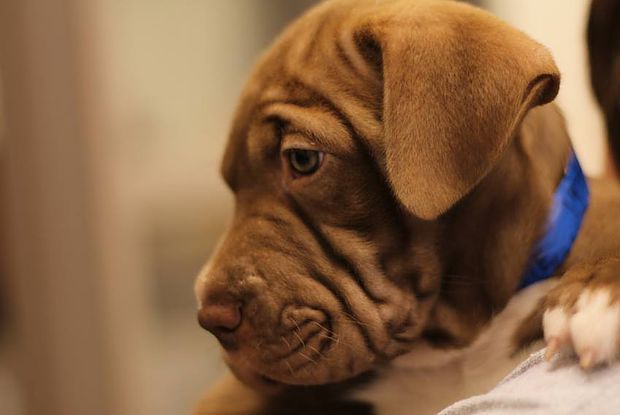
When it’s on: Sunday, 31 December (10.00 pm)
Channel: Talking Pictures
IMDb Link
One of my favourite Christmas traditions is the classic ghost story. M.R. James, the Godfather in this regard, introduced his now famous yarns by reading them orally to his friends on Christmas Eve, only later having them collected into written volumes. These later found new audiences via television and the BBC’s A Ghost Story for Christmas series by Lawrence Gordon Clark in the 1970s, which has been revived with more recent adaptations that carefully follow the filming style and maintain the tone and pace set by Clark. These offerings can be frustrating for younger viewers, used to the jump cuts and CGI of modern horror cinema, but I would argue they drip with atmosphere and have an oblique quality so lacking in the films made now. For instance, It, the most successful horror film in recent years, is terrifying in places and I enjoyed it, though the conflict is a fairly straight ‘good versus evil’ story where anything but triumph for the former would amount to cheating the viewer. James’s yarns are fascinating because their protagonists aren’t necessarily bad people, but become embroiled in situations they would be better leaving alone, often with links to some forgotten, arcane past and ancient spirits that take unkindly to being disturbed. Crucially, there’s a suggestion that all the horrible things that take place are happening entirely in the characters’ heads, that their horrific encounters are the embodiment of psychological flaws, or a naive, closed mind unequipped to deal with elements of the unknown.
All these stories relied, above all, on atmosphere, a very careful build-up of dread from quite mundane starting points, the suggestion of course being that similar things could happen to anyone. Films that work similarly hard to create this are pretty much at the top of my horror genre tree. It doesn’t get a lot better than Robert Wise’s The Haunting, but there’s the folk horror of The Wicker Man, the streets of Venice brought to dimly lit, decaying life in Don’t Look Now, and the psychological thrills of Val Lewton’s RKO films to consider. None of these films came with enormous budgets. Gore and body horror were barely present. What they had was mood, often a downbeat tone related to some personal loss, suspense to spare, and a dark pallor. The body of work produced by Lewton is celebrated now and was at times box office gold contemporarily, not because of thrills but down specially to what you don’t see, your imagination filling in those shadowy, black spaces that of course contain nothing at all.
Into this comes Jack Clayton’s The Innocents, adapted from Henry James’s 1898 story, The Turn of the Screw. The film has what in effect are two parallel plotlines. They are:
Plot One
Miss Giddens (Deborah Kerr) is hired by Michael Redgrave as Governess to his recently orphaned nephew and niece. The children live in his sprawling country estate, a massive dwelling that turns out to be haunted by the ghosts of two recently deceased people – Quint (Peter Wyngarde), the ill-natured valet, and Miss Jessel (Clytie Jessop), the former Governess who fell in love with Quint, carried out an open sexual affair with him often in front of the children, and committed suicide after his demise. To her dawning horror, Miss Giddens finds that Miles (Martin Stephens) and Flora (Pamela Franklin) remain in thrall to the pair, possessed by their spirits, and resolves to free them before it’s too late.
Plot Two
Miss Giddens is an inexperienced Pastor’s daughter hired by Redgrave as Governess. Redgrave’s man about town cares only that someone is present to fill the role and therefore ignores Miss Giddens’s naivete, giving her full authority over the Bly spread. Despite being advised by the housekeeper, Mrs Grose (Megs Jenkins), that the children have a habit of running rings around people, the new Governess finds them both delightful and indulges them. Practically alone with the children in an enormous stately pile, away from the confines of her small home and with little beyond her cossetted upbringing to reply upon, she starts seeing things, picturing spirits of the dead. Her grip on reality slips as she hectors Flora and embarks on a relationship with the apparently ‘mature’ Miles that borders on the inappropriate, while around her the house shows signs of the decay that reflect her own fraying nerves.

You can choose either version of the events. The film simply throws out the clues and leaves the rest for the viewer to decide, and a deliciously constructed conundrum it is. I’ve watched The Innocents many times and can’t make my mind up entirely, however it’s a personal favourite and one to enjoy late at night, all the lights switched off so that the weird, off-kilter dreamscape it presents can take full effect. It’s worth bearing in mind that before this was released, haunted house movies were made more as bits of fun, loaded to ensure that things went bump in the night and offering audiences a good scare, so to make such a serious-minded film was a gamble by 20th Century Fox, who invested a not miserly $1 million in getting it made.
The studio’s backing came with a stipulation that The Innocents be shot in Cinemascope, which presented a challenge as Clayton – who thought the claustrophobic atmosphere he wished to create would be diminished – then had to work out what to do with the edges of the screen. Director of Photography Freddie Francis came up with the idea of using lighting to blur those edges, forcing the viewer’s focus to remain on the screen’s centre so that when things take place away from it – or do they? – there’s a feeling of disorientation. Photographed in black and white, and beautifully shot throughout, the film makes virtuous use of its many shadows, those scenes showing Kerr wandering around the house at night holding a candle and suggesting things following in the blackness around her. The Sound Design department deserves credit also, surrounding Kerr with the lamenting cries of Miss Jessop, real or imagined, and a host of effects that keep both the character and audience off balance.
More often and in a change from the usual, The Innocents’ horrors come during daylight. The garden is depicted often, gorgeously landscaped but teasing at corruption, such as the shot of a beetle crawling out of the mouth of a cherub statue, and more obviously the sights Miss Giddens has of her predecessor, standing in the reeds and watching her, silently and with malevolence.
It takes almost half an hour before the film’s first ‘haunting’ makes an appearance, but already Miss Giddens shows signs of mental unravelling – her persistent questions to Mrs Grose about Quint and Miss Jessel, the unsettled way she reacts to the children keeping secrets from her, her feeling that Miles and Flora are mature beyond their years, and her conclusions about why that might be. When she does see ‘ghosts’, she is looking in that direction before they appear, further raising the suggestion that her mind is filling in the blanks.

The Innocents’ original screenplay was written by William Archibald, adapting it from his play of the same title and based on this rather than directly from James’s source novella. In the play it’s very obviously a ghost story, but Clayton was unhappy with this interpretation and hired Truman Capote to work on the script. Capote realised the book had very little in terms of plot and practically started from scratch, inserting the Freudian subtext that focuses on Miss Giddens’s sheltered upbringing, her frustrated sexuality and thus her dealings with Miles. In one of the film’s most infamous scenes, Miles reaches up to kiss the Governess, but it’s an adult kiss and she fails to break it, despite the shocked expression on her face. It was this relationship, verging on the obscene, which handed the film an ‘X’ certificate.
Kerr gives one of her best performances as the beleaguered Governess, out of her depth and over the course of the film dressing increasingly like Miss Jessel, the virginal white dresses giving way to black as her innocence also is brought into question. Aside from the frankly creepy acting from Stephens and Franklin as the children, the ‘innocents’ of the title – or are they? – the whole production rests on Kerr, eyes wide, terrified, steadily falling apart as the story edges towards its shocking conclusion. Kerr was almost certainly too old for the part, and yet is absolutely convincing as the cloistered Miss Giddens, buying into the ambiguities of the story so that it’s never quite certain whether what’s happening to her is really taking place, or if it’s the product of her fevered mental state. Kerr would go on to add that ‘I played it as if she were perfectly sane – whatever Jack wanted was fine; in my own mind, and following Henry James’s writing in the original story, she was completely sane, but, because in my case the woman was younger and physically attractive it was quite possible that she was deeply frustrated, and it added another dimension that the whole thing could have been nurtured in her own imagination.’
The result is one of the most intriguing, interesting and imaginative ghost stories committed to film. Atmosphere takes precedence, as it should, and without even attempting to answer the film’s central question it’s perfectly possible to enjoy The Innocents as a spine tingling exercise in dread, indeed that might well be the best approach to take. It certainly holds its own as a haunted house movie taken straight from the top drawer, beautifully constructed and performed, and in the tradition of the classics of its genre. Don’t have nightmares. Do sleep well.
The Innocents: *****
Advertisements Share this:




